The 10 best things to do in Sicily

In Sicily, sightseeing is always more than 'just' sightseeing. The combination of history, a balmy climate and a vibrant contemporary eating and drinking scene gives this ancient island all-year-round appeal.
Don't underestimate driving distances, summer temperatures, or the extent of sprawling archaeological sites such as the Valle dei Templi in Agrigento. And try to factor in plenty of off-piste exploration and some of Sicily's ever-growing roster of visitor experiences, from cooking classes to wine tastings and Etna treks.
For further Sicily inspiration, see our guides to the island's best hotels, restaurants, nightlife, beaches and things to do.
Discover a historical melting pot in the capital
Ruled through history by Phoenicians, Romans, Greeks, Arabs, Normans and Spaniards, Palermo is a fascinating historical mish-mash – and, with its palm trees, prickly pears and banyan trees, a botanical melting pot too. Don't miss the glorious 12th-century mosaics in the church of La Martorana (aka Santa Maria dell’Ammiraglio) or Roger II’s private chapel, the Cappella Palatina; and set aside half a day for the trip up to lofty Monreale, whose cathedral boasts yet more dazzling Norman-era mosaics. For a complete change of register, hit the Palazzo Riso contemporary art gallery before exploring the Kalsa area just back from the port, full of weathered Baroque churches and palazzos, and peppered with stylish bars and restaurants.
Insider tip: Many of Palermo's treasure-packed churches come under the umbrella of the 'Circuito del Sacro': make sure you keep your full-priced ticket at the first one you visit as you’re eligible for a discount at all the others.
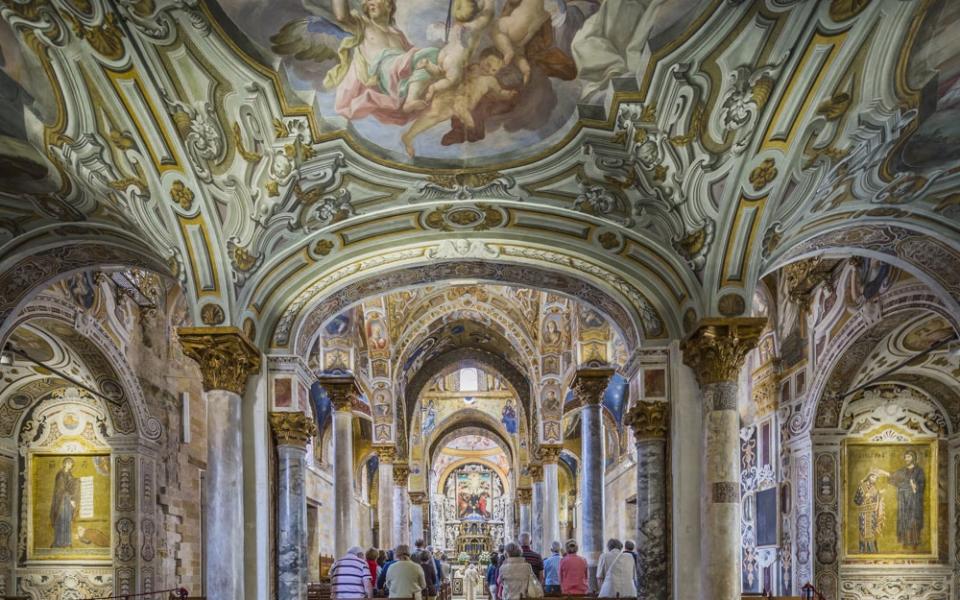
Explore town beaches and Norman architecture
East of Palermo on Sicily's north coast is Cefalù. The city occupies a striking position on a promontory beneath a high ruined-castle-topped bluff, its long seafront – part built-up, part sandy in-town beaches – washed by the azure Mediterranean. The narrow streets of its medieval centro storico pulse with life. Towering above are the twin towers of the town's remarkable Duomo, a Norman cathedral begun in 1131. You can feel the Arab influence in the architecture of this beautiful church, but the superb mosaics in the apse and along the side walls are pure Byzantium.
Insider tip: On the western edge of the centro storico, the simple medieval Porta Pescara is the only one of Cefalù's historic town gates left standing. On the pretty beach beyond, sunworshippers lounge among brightly painted fishing boats. It's the place to watch the sun go down.
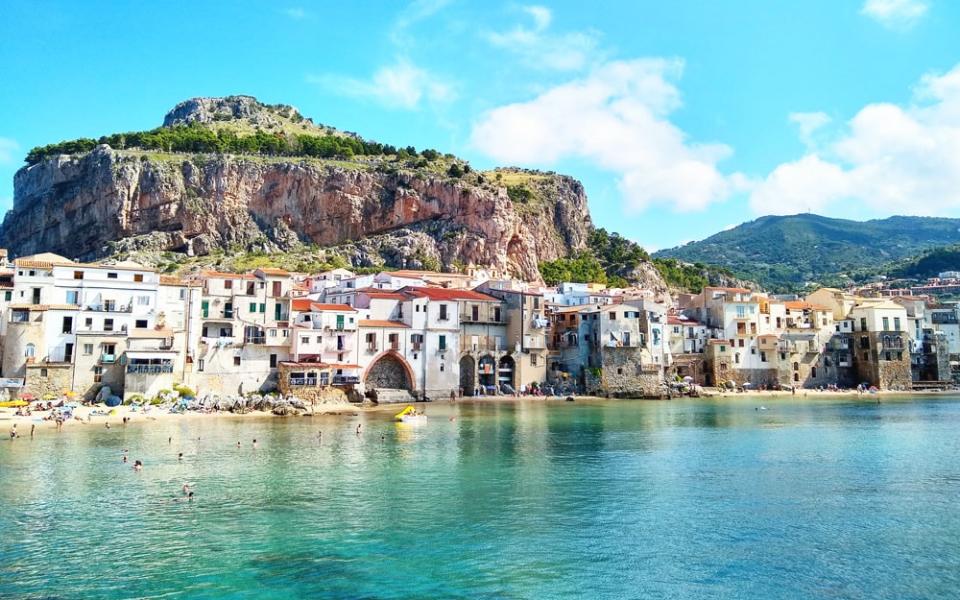
Visit a pretty town with a vibrant ancient theatre
Discovered by European travellers and winter-sun seekers as long ago as the 18th century, Taormina has an appeal which is not hard to understand, combining a breathtaking position – on a distant spur of Etna, dominating the island's eastern coast – with a balmy climate that allows jasmine and bougainvillea to flower even in December. Its recent TV incarnations and the picture-postcard views of Etna from the town's Greek Theatre (actually a predominantly Roman construction from the first century AD), make it Sicily's most visited town: in high season (Easter through to late October) there are days when it bursts at the seams. But it's still an undeniably pretty place to while away a few days, and its proximity to Etna means it's easy to combine with eastern Sicily's other great visitor attraction – the ascent of the volcano.
Insider tip: Taormina's ancient theatre still performs its original function, with a hugely eclectic programme of classical and contemporary concerts, opera, theatre and dance running through the summer months. Check the programme and purchase tickets through this website.
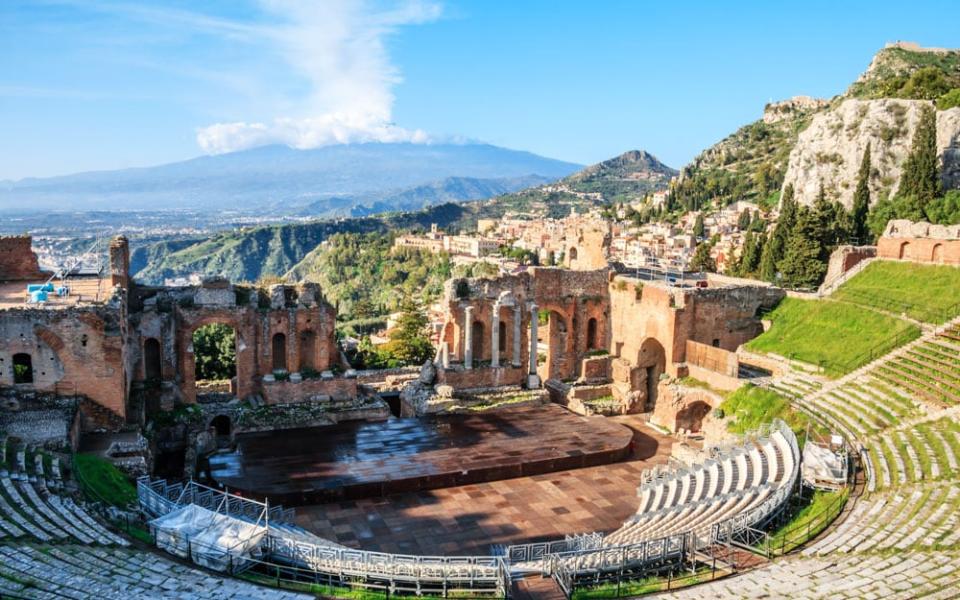
Hike around Europe's highest volcano
Sicily bubbles with volcanic activity but Mount Etna, which dramatically dominates the island's east coast, is its rumbly, spewy epicentre. You can drive up to the Sapienza mountain refuge at Nicolosi on the southern flank, and hop on the cable car almost to the summit – to ski in winter, or tramp across eerie black lava fields in warmer months. Footpaths are rugged and often poorly waymarked, so a qualified guide is advisable. The excellent Sicily Into Nature offers a great range of volcano hiking adventures.
Insider tip: Vines have been cultivated in the volcano's mineral-rich soils since ancient times, but only recently have Etna wines become high quality and very chic. Learn all about them at the Etna Wine School, where American sommelier Benjamin Spenser offers a range of customised tours and tastings.
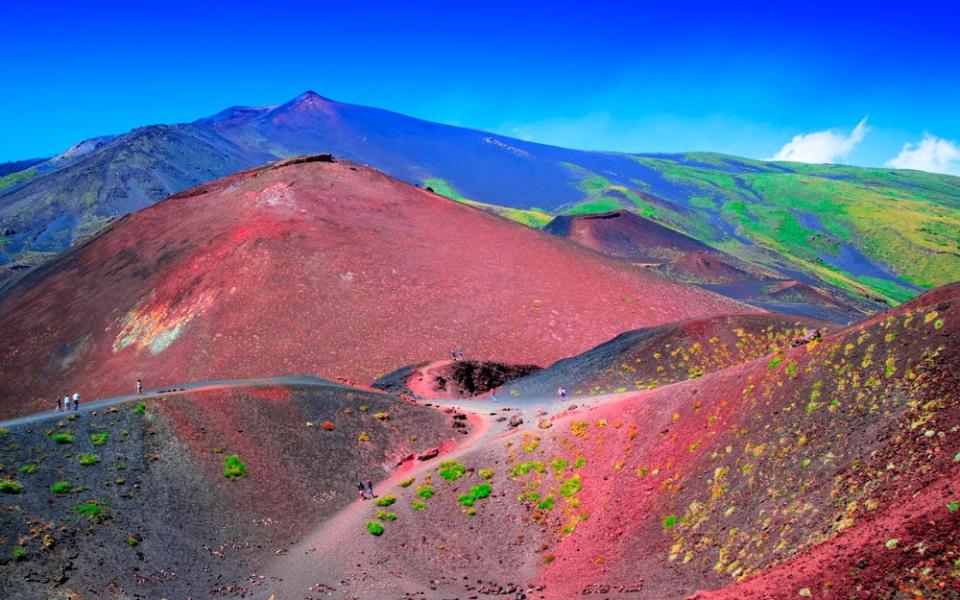
Explore an ancient Greek power base
In the fifth century BC Siracusa was as large, and almost as important, as Athens – the Mediterranean’s main powerhouse. In recent years it has undergone something of a renaissance, as visitors and second-home seekers discover the charms of its old town Ortygia, which is surrounded by the sea on all sides and connected to the city's 'modern' westward extension by three short bridges.
Essential sights include the Parco Archeologico, with its fifth-century BC theatre where ancient Greek plays are still performed in summer (information and booking here), and the Duomo, a Baroque cathedral made by filling in the gaps between the columns of the Greek temple of Minerva – eloquent testimony to this beguiling town’s depth of history.
Insider tip: Valiant knights battle Saracens in Siracusa's age-old traditional puppet theatre. Experience it at the Teatro dei Pupi which runs puppet-making courses for all ages.
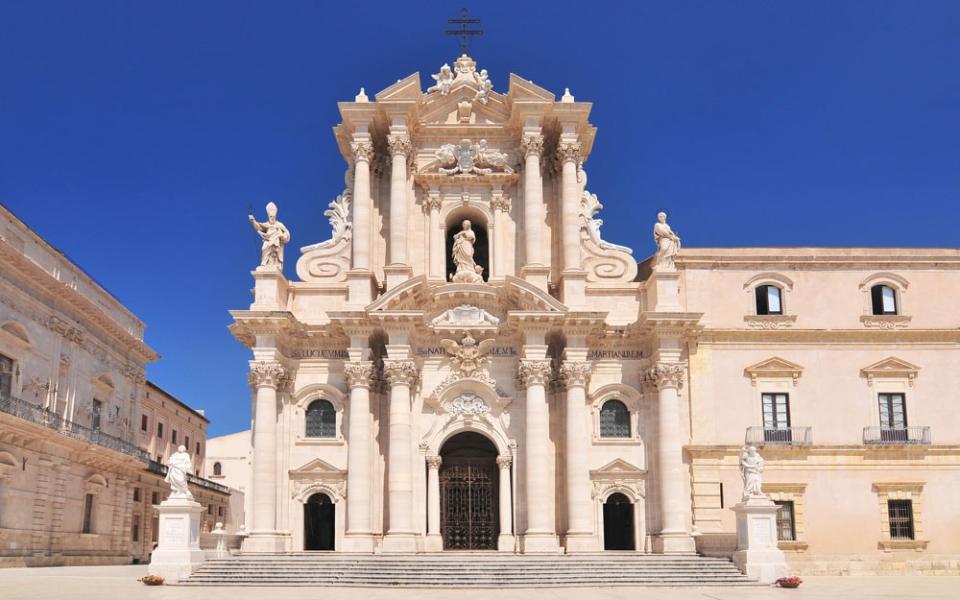
Roam around sandstone towns and go chocolate-tasting
The Baroque triangle of Sicily's deep south has exquisite honey-coloured sandstone towns, built in harmonious style by the island's Spanish rulers after the devastating 1693 earthquake. Modica drapes its splendours across two valleys and their confluence. Ragusa is a town divided: bridges across a ravine link lower Ragusa Ibla to higher Ragusa Superiore. Views across the surrounding countryside are superb: catch them from the Parco Ibleo in Ragusa. Even more striking are vistas down the steep staircases that link Ragusa's upper and lower towns.
Insider tip: Modica is celebrated for its grainy-textured chocolate, made according to what people claim is an Aztec recipe brought back by the conquistadors. The oldest and best producer, Antica Dolceria Bonajuto, offers tours and tastings.

Wander through the columns of an ancient Greek temple
For sheer splendour, the Greek temple complexes of western and southern Sicily rival anything you’ll find in Greece, and those at Agrigento are arguably the most impressive of all. The Valle dei Templi archeological site spreads over a vast area and includes two almost complete temples and the partly reconstructed ruins of three others. Accessible from inside the archaeological site (but under different management, with an extra ticket) the dreamy Gardens of Kolymbethra contain a marvellously restored example of a traditional Sicilian giardino, or citrus orchard.
Insider tip: Watch the sun rise over the temples, explore underground tunnels and necropoli or visit at night for splendid illuminations: there's a range of special-access guided tours, in English, via the Valle dei Templi website. It’s a good way to avoid the crowds.
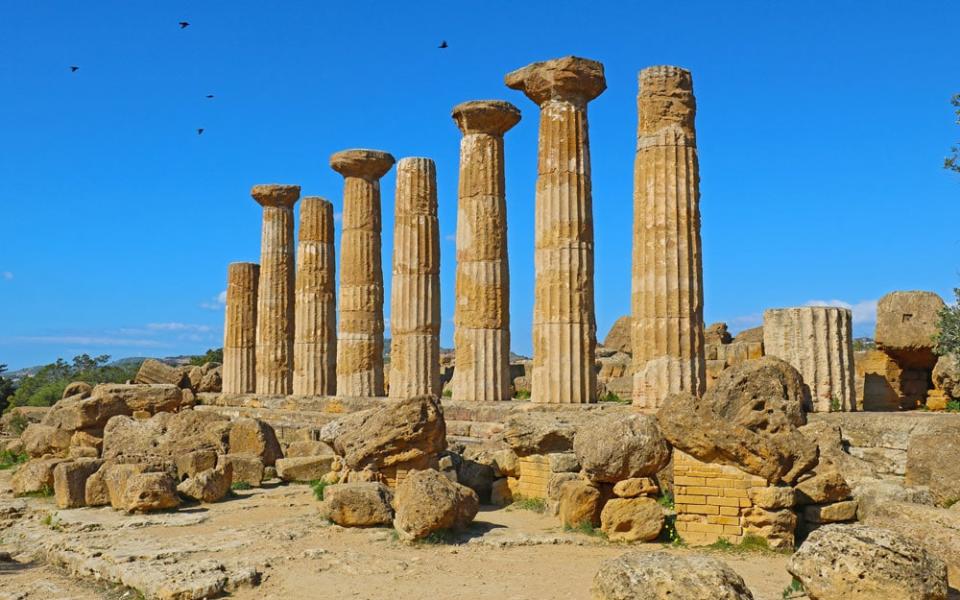
See exquisite mosaics inside a Roman villa
The Roman mosaics unearthed in the 19th century at Casale, three miles south of Piazza Armerina, are among the richest and most intricate in situ collection anywhere in the world. A huge complex that was in use from the fourth century BC right through to the 12th century AD, the villa most probably belonged to the owner of a large estate, and would have been used to entertain guests and as a base for hunting parties. The site is well worth a detour. The artists (possibly from Africa) who designed these floors had a real flair for colour and composition, and the friezes depicting marine animals, hunting scenes, the circus and the famous bikini-clad female gymnasts are all utterly delightful.
Insider tip: Reminders of the Normans' 12th-century kingdom in Sicily are everywhere, including the superbly austere Gran Priorato di Sant'Andrea, 3km outside Piazza Armerina, a crusader church built by the Knights of the Holy Sepulchre. Piazza Armerina's mid-August Palio dei Normanni is a fine re-evocation of knights-against-Saracens battles.
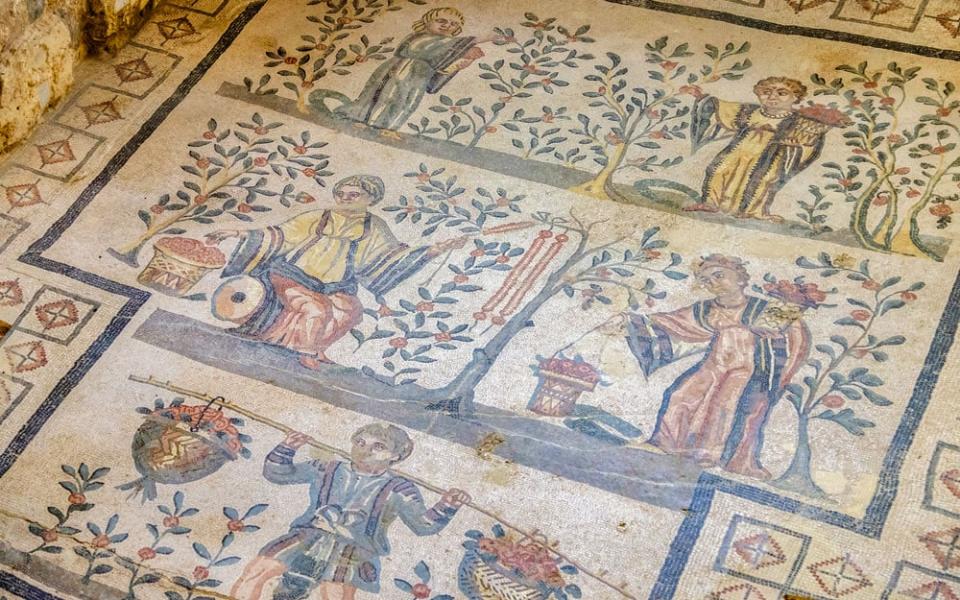
Enjoy archaeology by the beach
Selinunte, located on Sicily's south coast between Mazara del Vallo and Sciacca, stands proud on a coastal promontory carpeted with wild flowers and the celery that gives the site its name. Just one magnificent temple (of seven) has been reconstructed here, overlooking an endless expanse of shimmering Med. Seven miles north-east of the archeological park, Cave di Cusa (open daily, by appointment through the Selinunte site office) is where the stone used in Selinunte's temples was quarried. Suddenly abandoned in 409 BC, it's a fascinating place, with great column sections, carved in situ, still anchored in the mother rock.
Insider tip: It can be hot visiting Selinunte – at 270 hectares, Europe’s largest archaeological park – so take water, wear a hat and bring swimming things for a post-culture dip from the miles of sandy beaches east of the site in the Foce di Belice nature reserve.
Contact: parchiarcheologici.regione.sicilia.it
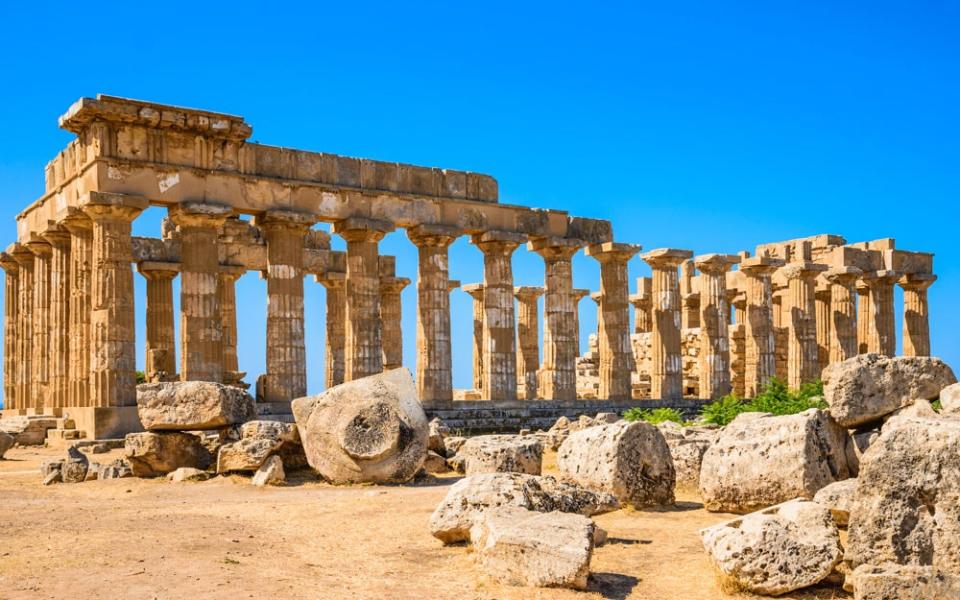
Discover ruins near the north coast
As classically Greek-looking as any of Sicily’s temples, the one at Segesta is in fact an imposter, built (though never quite completed) in the Doric style by a Hellenised local tribe around 420 BC. Near the north coast, it’s a pleasant day trip from Palermo or Trapani. A well-preserved temple perches romantically on the crest of a hill. Across a small valley on a facing rise, the still-active dig continues with the remains of a Roman theatre, a Norman castle, a mosque and a 15th-century church – testimony to Segesta's long and very varied history. Visit in spring and the whole area is a riot of wildflowers.
Insider tip: Ruined mosques aren't the only reminder in these parts that the island was ruled by Muslim emirs from the ninth to the 11th century. The area around Trapani is famous for its couscous, traditionally served with a delicious mix of seafoods. You'll find it on the menu in most local trattorie. But if you're here in the last week in September, check out the CousCousFest in San Vito lo Capo.
Contact: parcodisegesta.com
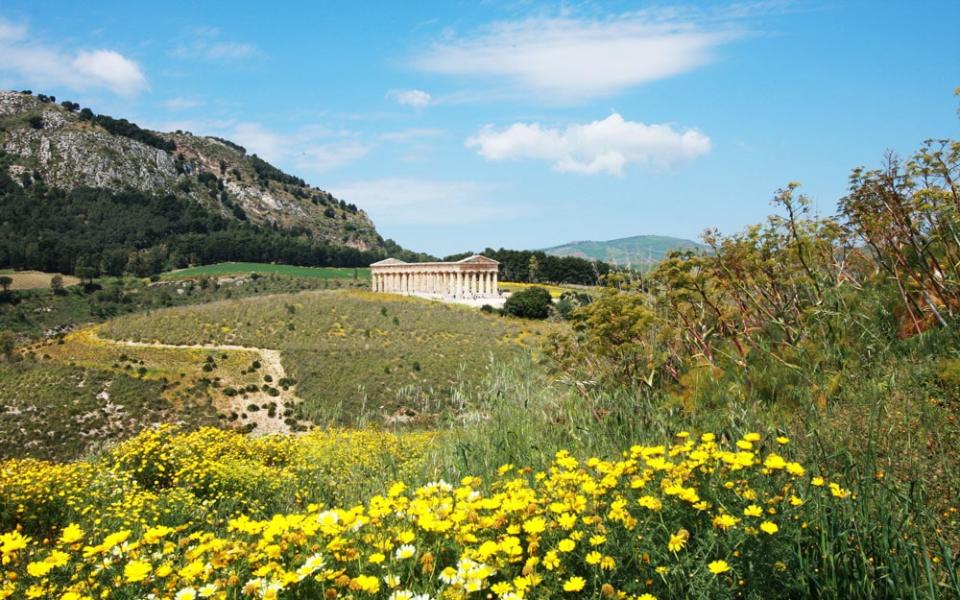
How we choose
Every attraction and activity in this curated list has been tried and tested by our destination expert, to provide you with their insider perspective. We cover a range of budgets and styles, from world-class museums to family-friendly theme parks – to best suit every type of traveller. We update this list regularly to keep up with the latest openings and provide up to date recommendations.

